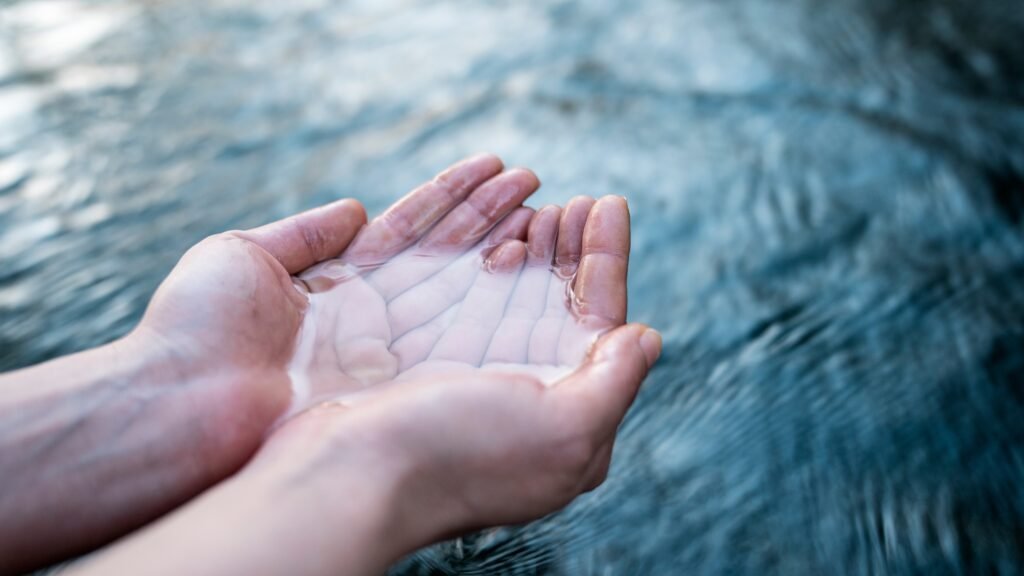Part of our Water Watch Report Series
Eric Faulken the executive director of the Glen Canyon Institute said, “One or two dry winters can put our water supply in a crisis mode like we experienced in 2022, and that is the real story.” But heavy winter rain and snowfall of 2023 bailed us out of a very dire situation temporarily. However, we watched much of the precious liquid flow right out into the ocean. Never the less it did help wells and reservoirs for a time. As a reminder, Baja’s north coastal region receives 80% of its water requirements from the Colorado River. Baja relies on the water allotments from the US each year. Seven states including California also draw their allotments from these waters. These next two years are critical because the 1922 River Compact Agreement expires, which has protected our rights under the compact. Heated negotiation has been ongoing for a number of years. The question is who gets what amount of the lifesaving liquid under the new compact in 2026? In reality it would take six consecutive wet winters to fill the Lake Powell and Lake Mead reservoirs. At the moment the Bureau of Reclamation (USBR,) lives in hope of good winters, and its forecasted allotments are based on this hope that nature will provide for our over consumption.
Zack Frankly the executive director of the Utah Rivers Council said, “We are playing with loaded dice. The big winter of 2023 created the misconception that Reservoir levels were going to rebound. But America’s two largest reservoirs are only about 37% full. That is like winning the lottery and still being bankrupt. The Bureau of Reclamation reports that six states and Baja will be under Tier One water shortage, which will be the least severe designation. The State of California is exempt. California does not have to comply until the water crisis enters a tier three condition. A number of conservation groups say that the Bureau keeps overestimating its predictions of its future flows. Yet the Bureau reported that Lake Mead has dropped 15 feet as of July 2024. To put it into perspective, the level of Lake Mead as of this writing, is just 8 feet above the severe drought levels in July 2022. Hope might not be the best way to prepare for the future.
The Colorado runs through a vast desert on its way to the Gulf of California, however 75 miles of the once mighty river no longer makes it into Baja California. When the River Compact was created in 1922, evaporation loss was not factored. Lake Mead was full and population was very small. It is certainly a major factor today because of the exploding population in the west. The Bureau now estimates a whopping 10% lost. The allotments must be corrected for the new compact in 2026. These negotiations which will affect 40 million people, agriculture, and Baja California. The USBR said the lower Basin States plus Baja had finally agreed, but now with this new report of a substantial evaporation loss before allotments, it is back to the negotiations. Upper basin states can draw right from the river, so the fight is that the losses fall to the lower basin states. The lower Basin believes everyone should share equally.
The US federal government wants the states to agree on one proposal, rather than two, before it installs any new Colorado River water rules. States say they’re working towards consensus, but signs of progress have been few and far between. While the next set of rules won’t go into effect until 2026, the federal government wants to get the ball rolling as soon as possible. The Biden Administration is asking states to agree on one proposal before the end of 2024. Jim Lochhead, one of Colorado’s top water negotiators said, “I think the fundamental lesson is that we’re much better off controlling our own destiny than putting our future in the hands of nine justices on the United States Supreme Court who don’t understand Western water law, and who don’t understand life in the West,”
What might not be known by US tax payers is that the states of Arizona, California, Nevada and Baja have been paid to reduce their water usage. The federal government set aside $4 Billion for Colorado River work, and a portion of that has been directed specifically at programs that help farmers to reduce their water use. The agreement, calls for the federal government to pay about $1.2 billion to irrigation districts, cities and Native American tribes in the three states, if they temporarily use less water. Since 2021 Mexico has been paid $65 million dollars in compensation.
Water is a “Hot Commodity.” The Colorado River is one of the most valuable resources in the United States. Wall Street sees dollar signs in a future drought crisis, as there are ways ready to make money from the misfortune of others. Water wasn’t always thought of as a commodity that could be bought and sold. Water was at one time considered a human right. The 1992 Dublin Principles declared water an “economic good” for the first time and stated that trading water as a commodity is the most efficient means of managing scarce water resources. However, this directly threatens the fundamental notion that water is a human right, “to be available to all people regardless of their income or economic ability.”
There are literally billions of dollars at stake and Wall Street sees what was actually seen 20 years ago, that water would become the new oil in the 21st century. They are the largest land owner in the Grand Valley, Colorado which gives them river water rights. If Wall Street is betting that there will be another drought on its way, and is backing their speculation with millions of dollars, it may be wise to stay informed.
References:
~ Gringo Gazette:, Water Watch Series begins: ggnorth.com/2021/08/august-16-2021-edition
~ Binational Waters
~ Flow: For the Love of Water- Can you imagine the power of a Water Cartel? Melissa Sevigny, July, 2024
~ KUNC, Western Water News, Here’s what you need to know, Alex Hager, May 9, 2024
~ The New York Times: Colorado River States Are, Christopher Flavelle, January, 2024
~ Mojo Adventures Youtube channel
Editor’s Note: Martina has researched and authored 13 Water Watch articles since 2021. She is a columnist for Baja Bound as the Baja StoryTeller and is the author of Dust in My Sandals, Tales from a Baja Traveler in which she shares decades of her travels up and down the peninsula. See our ad and order today for a gift that keeps on giving.



1 Comment